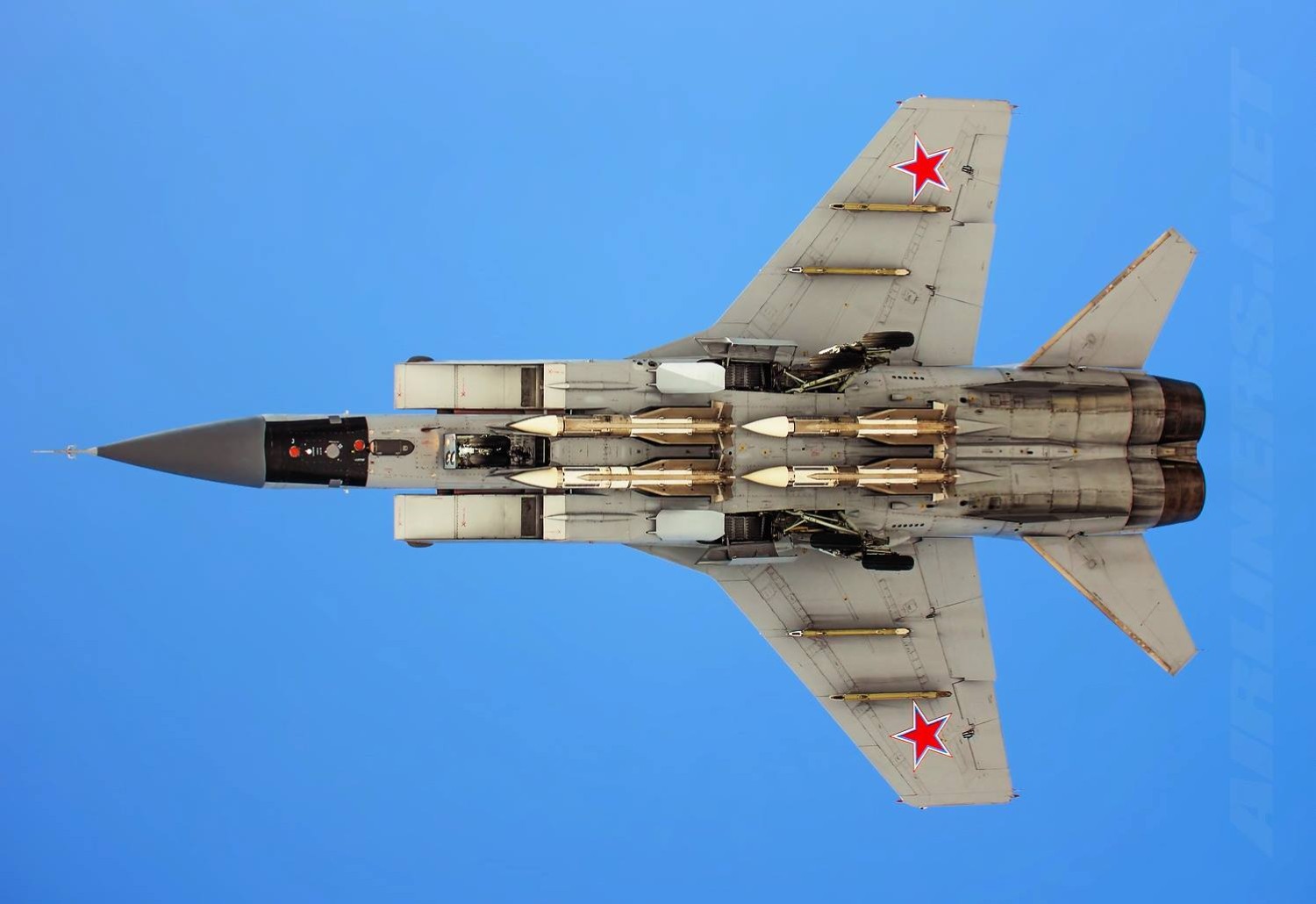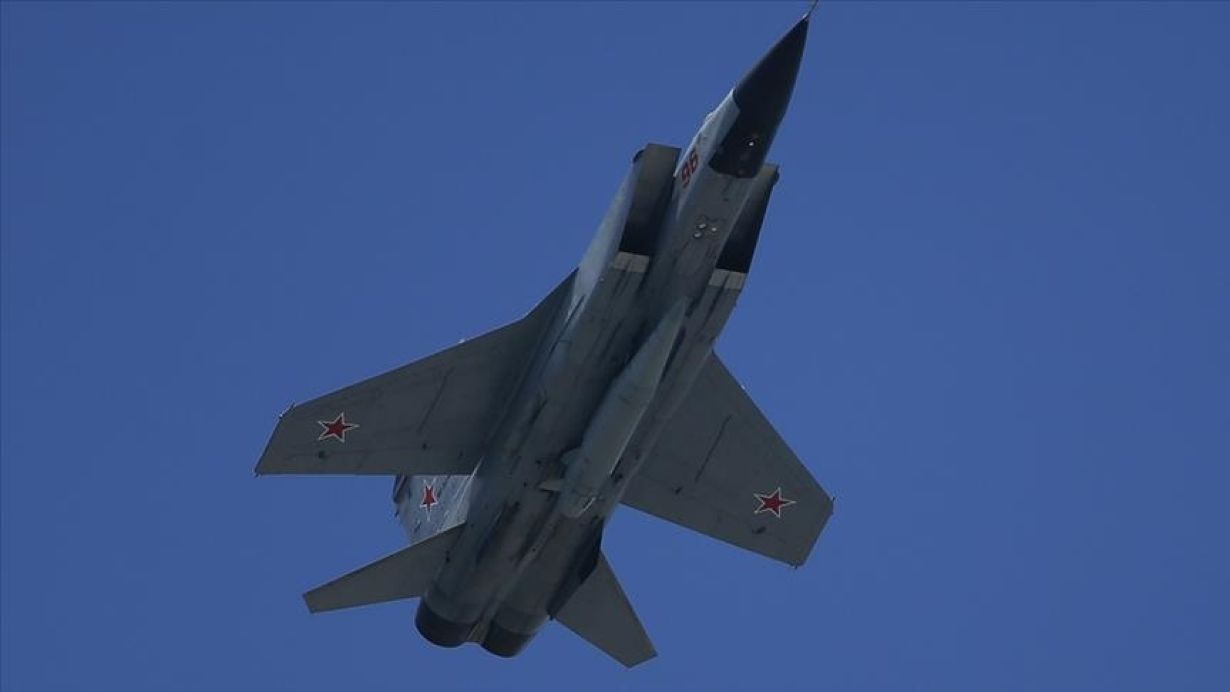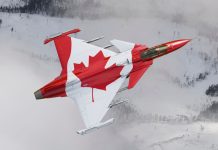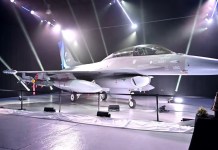An undated video resurfaced on social media documenting a crash of the Russian Air Force’s supersonic interceptor aircraft MiG-31 ‘Foxhound.’ These combat jets have been in the service for over four decades, but they are still a mystery for the Western world, just like its predecessor MiG-25 ‘Foxbat.’
Incredible footage of a (damaged) MiG-31 crashing doing rounds on the Internet this morning. There is no info on the date or the place. #avgeeks #aviation #aviationlovers #aviationdaily #Russia pic.twitter.com/QeqHSst5QV
— Air Power (@RealAirPower1) June 3, 2023
In the era of satellite reconnaissance, the MiG-31s have proven their worthiness both in surveillance and combat roles.
The MiG-31s entered service in 1981 and continue to be one of the most capable in the Russian Air Force regarding air-to-air combat. The West had dubbed it the ‘Super Foxbat’ as MiG-25s were called Foxbat.
The MiG-25s, despite their speed and unmatched height, had the limitation of either being able to carry missiles or a camera.
1st Documented Loss! Ukraine’s Leopard-2 Battle Tank Destroyed As Russian Military Bombs Its Position
The West has left no stone unturned in giving a real-time picture of the battlefield to the Ukrainian forces on the ground. As Ukraine’s capability for long-range strikes has increased, reconnaissance flights from allied partners have become even more crucial.
OSINT (Open-Source Intelligence) maps reveal how these flights have increased from March 20 to May 20.
The Foxhound On The Prowl
The Foxhound was the first combat aircraft in the world to use a phased array radar, the Zaslon. The sheer size and sophistication of the Zaslon notched up the situational awareness of the MiG-31s a notch above the rest.
The radar had a range of 200 kilometers and could track 10 targets simultaneously and control the engagement of four of them at once.
Until 2001, when the Japanese came up with Mitsubishi F-2 with an advanced phased array radar, the MiG-31 was the world’s only serial fighter aircraft equipped with a phased-array radar. The US adopted the technology much later.
Its latest variant MiG-31 BM has an additional air-to-ground capability. It boasts an improved Zaslon-AM radar capable of picking up threats from a range of 320 kilometers. It can engage eight air targets simultaneously.

“Unlike the early variants, the MiG-31 BM can act as a small airborne early warning aircraft. It can act as an airborne command post and coordinate the activities of other fighter jets with less powerful radars owing to its powerful long-range radar and datalink to make numerous radar contacts,” said an Indian Air Force official familiar with the aircraft, requesting anonymity.
Able to fly at the edge of space, the aircraft can keep an eye on its adversary uninterrupted. Its long endurance ensures that it can cover the erstwhile USSR’s vast northern and Central Asian territories while maintaining supersonic speed all along.
Expected to remain in service till 2040, the aircraft can operate from icy runways and protect Russian interests in the Arctic.
“Some people might say that in the age of satellites, reconnaissance aircraft do not have a role to play. The satellites have the limitation of how much time and how many times a satellite can spend over a particular area. However, an aircraft like MiG-31 can give you real-time data,” the official added.
And flying at a speed of over Mach 2.8, it is unmatched. Satellites can only image the area in the line of sight or the area they are flying over. In a fluid situation, that can be disadvantageous.
The MiG-31s are the first Soviet fighter to have both look-down and shoot-down capability. The radar system can detect, track and guide munition toward an aerial mobile target below its horizon, making the aircraft more potent.
In his op-ed in the EurAsian Times, Air Marshal Anil Chopra noted: “Four MiG-31s were also deployed to Crimea. To avoid R-37M missiles, Ukraine has attempted to destroy MiG-31s while still on the ground through an attempted drone attack on the Belbek airbase in August last year.”
The Mystery Shrouding MiG-31
The Russians have also kept the aircraft under wraps. Despite entering service in 1981, the plane only saw its first military combat in 2020. They have also been deployed in the Russia-Ukraine war. The Russian Air Force operates 130 aircraft, and the Kazakhstan Air Force operates 20.
The MiG-31s were upgraded to MiG-31M to deliver longer-range R-37 missiles and medium-range air-to-air R-77 missiles. It had Zaslon-M radar and upgraded avionics. The variant was shelved owing to budget constraints. After that, MiG-31 B was created.
The Zaslon-M radar could track 24 air targets congruently and engage with six of them at once. It carried the upgraded 33S air-to-air missiles. All the MiG-31s were upgraded to this standard and were named MiG-31BS.
Russia also upgraded 10 MiG-31s to carry Kh-47M2 Kinzhal ‘hypersonic’ missiles. These missiles have been causing much destruction in Ukraine. The Foxhound is the heaviest air-to-combat aircraft in the world – 10,000 kilograms heavier than the F-22.
A MiG-31 can fire R-37Ms into Ukrainian air space to a depth of a hundred miles or more while safely circling inside Russia—and Ukrainian forces can’t do much about it.
However, the Ukraine sympathizers hope that the F-16 flying closer to the border can shrink up the airspace that Russian interceptors can hold at risk. It will give more space to Ukrainian jets to fly more freely to complete their missions.

MiG-31s are an improvement of the MiG-25s that could cruise at supersonic speeds and climb to the outer layer of the atmosphere in a matter of few seconds. But the major drawback was the aircraft lacked maneuverability.
It served with the Indian Air Force (IAF) in a reconnaissance role till 2006. The missions flown by aircraft in the IAF remain classified even to date. The main reason is that the Russians do not want to reveal everything about the aircraft’s capability and that of its successor, MiG-31s.
The MiG-31s overcame the limitations of their predecessors. Despite the external resemblance between the two, the Foxhound is an entirely different aircraft – they pack more power and can strike at lower altitudes.
An undated video surfaced on Telegram showing a Russian Air Force MiG-31 trailing fire before crashing in an undated video. The crash, filmed by the MiG-31’s wingman, shows the aircraft trailing fire with its landing gear out.
Two men eject, and seconds later, the interceptor nose dives into a hill below while exploding in a giant fireball.
- Ritu Sharma has written on defense and foreign affairs for over a decade. She holds a Master’s Degree in Conflict Studies and Management of Peace from the University of Erfurt, Germany. Her areas of interest include Asia-Pacific, the South China Sea, and Aviation history.
- She can be reached at ritu.sharma (at) mail.com




